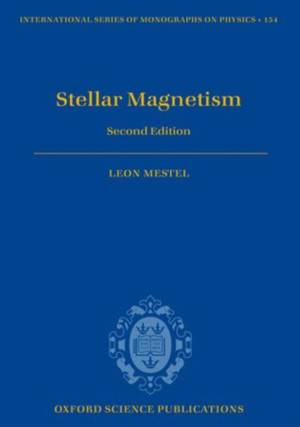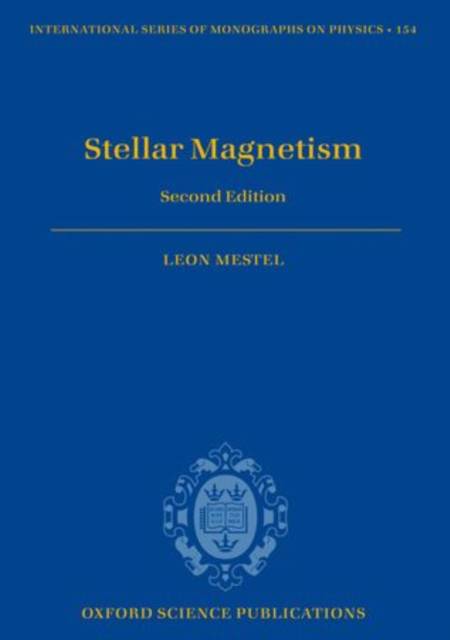
Je cadeautjes zeker op tijd in huis hebben voor de feestdagen? Kom langs in onze winkels en vind het perfecte geschenk!
- Afhalen na 1 uur in een winkel met voorraad
- Gratis thuislevering in België vanaf € 30
- Ruim aanbod met 7 miljoen producten
Je cadeautjes zeker op tijd in huis hebben voor de feestdagen? Kom langs in onze winkels en vind het perfecte geschenk!
- Afhalen na 1 uur in een winkel met voorraad
- Gratis thuislevering in België vanaf € 30
- Ruim aanbod met 7 miljoen producten
Zoeken
Stellar Magnetism
Leon (Emeritus Professor of Astronomy, University of Sussex) Mes
€ 174,95
+ 349 punten
Omschrijving
Stellar magnetism is the study of the magnetic field of the Sun and other stars and is a rapidly developing field of astrophysics. This book has grown out of the lifelong work of an outstanding researcher in the subject. It is an authoritative account with broad astronomical scope with a thorough, careful, and well-argued approach.
Specificaties
Betrokkenen
- Auteur(s):
- Uitgeverij:
Inhoud
- Aantal bladzijden:
- 744
- Reeks:
Eigenschappen
- Productcode (EAN):
- 9780199641741
- Verschijningsdatum:
- 16/02/2012
- Uitvoering:
- Hardcover
- Afmetingen:
- 183 mm x 255 mm
- Gewicht:
- 1606 g

Alleen bij Standaard Boekhandel
+ 349 punten op je klantenkaart van Standaard Boekhandel
Beoordelingen
We publiceren alleen reviews die voldoen aan de voorwaarden voor reviews. Bekijk onze voorwaarden voor reviews.









